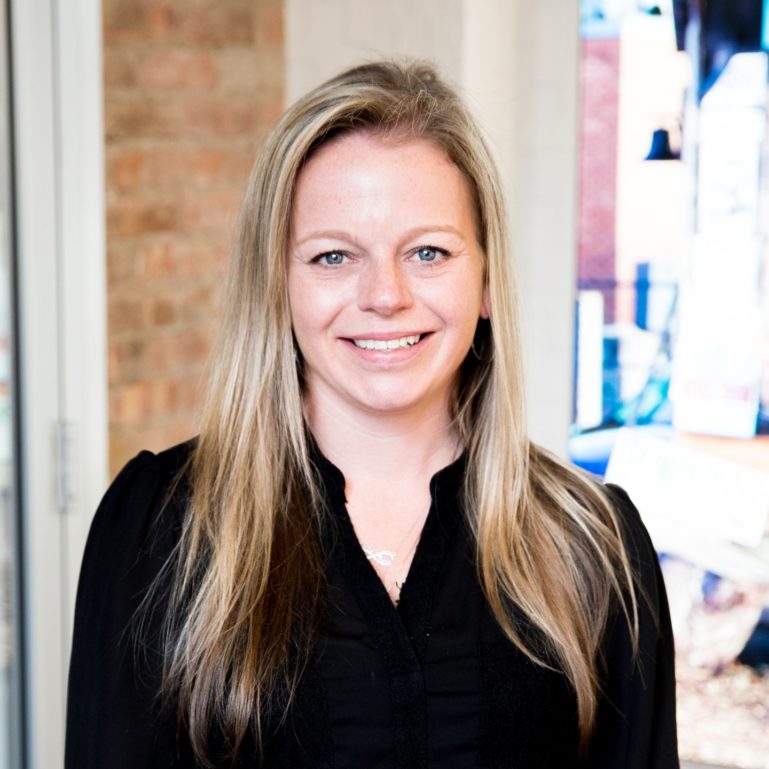
5 Tips You Need to Know for Overcoming a Sales Slump
When you own or operate a retail business, sales slumps are unavoidable, and it’s naive to think a drop in sales could never happen to you.
Just because you have committed salespeople, a well-built sales process, and faith in the mission of your company doesn’t make you immune to the problem.
Some downtrends may be self-inflicted such as new products that clients aren’t buying because you never put a sales strategy behind the new inventory line. On the other hand, some sales slumps are beyond your control, like a dip in foot traffic due to construction on the on the neighboring building or the economy is taking a hit and going through a slight recession.
Regardless of who or what is to blame for slumping sales, that’s not the important part. The important part is how you respond to it and overcome the challenge. How do you fix the problem?
Getting started with these six tips for overcoming a sales slump is a great place to start, so let’s dive in.
1. Be Easy to Find
Once you settle on a piece of real estate for your retail store, it’s kind of hard to improve your locale after the fact. Therefore, it’s important to do your research and have a good understanding of the neighborhood you’re in and how your potential customers are going to find you.
Many stores enjoy high sales numbers due to a desirable location or high foot traffic. However, you can still be easy to find outside of the physical space your store occupies. Of course, we’re referring to digital brand presence.
In fact, many brick-and-mortar businesses that mainly capitalize on their physical locations, often don’t take advantage of the digital world that makes them easy to find — no matter where in the world clients live.
A website or ecommerce store, social media accounts, and a Google My Business listing are all great ways to build your online presence and make it easy for anyone locally, or nationally to find you.

2. Upsell, Upsell, Upsell
While restaurants are generally not considered retail businesses – although they sell a finished product to consumers – that doesn’t mean you should ignore the things the food and beverage industry does to increase sales.
One of the strategies bars and restaurants do well is upselling products such as suggesting a premium vodka over the house version. Even the fast-food industry is notorious for asking customers if they want fries with their meal.
Although in a retail setting, upselling can be a little more challenging and may need more finely-tuned sales techniques to be successful, it’s not impossible. An excellent place to start is to look at reports and data from your POS system. What items do customers frequently buy together? What are your best selling products that you can bundle with an upsell item or offer a premium version of it?
You can also add impulse items near the checkout counter. For example, if you own a sporting goods store, you might stock items by the cash register that complement your core product offering like novelty golf tees or trick golf balls. On the other hand, impulse items may have nothing to do with your core business. How often do you see retailers selling candy or chips and having a cooler stocked with diet coke and bottled water near the checkout area?
Upselling in the retail space is possible whether you’re in a sales slump or not, but when sales start to slide, it can be a way to maximize the revenue you earn per customer.
SEE ALSO: Here’s How to Upsell at the Point of Sale
3. Hit the Streets and Generate a Buzz
You want people to know about your brand, no matter what you’re selling. It’s common for retailers to see high sales right after opening a store in a new area, and then an ensuing downturn. While this slump is more than likely due to the excitement a new store wearing off, it just means you have to work harder to stay in consumers’ consciences.
Guerrilla marketing is often extreme but cost-effective way to ensure that everyone in your immediate area knows who you are and what you’re selling. If you’re not into ambushing crowds, don’t worry, there are other less extreme, and just as effective tactics you can use.
For instance, temporary artwork around town like graffiti murals in highly visible areas. Although this should go without saying, make sure you get permission from the owner of the property before the spray paint hits the surface. Bigger pieces of art like this can compliment smaller pieces like creative stickers on smaller surface areas.
Don’t be afraid to use clever promotions to get shoppers in your store. Not all advertising needs a huge budget; all you need is a little creativity and hard work.
4. Never Disconnect
Whatever you do, don’t settle for a single interaction per customer and rest on your laurels. Conventional wisdom says if a customer buys from you once, there’s potential for them to buy from you again – and it costs five times as much to attract a new customer than it does to keep an existing one. Since existing customers cost less to retain, how can you use this information to overcome a sales slump?
The answer is to never disconnect or disengage with your customers. It’s so important to have a customer database that keeps your clients’ contact information like email address, phone number, and other details you may want to keep on file for birthdays or anniversaries. Solutions like our iPad cash register are ideal for capturing these details at the point of purchase.
However, it’s pointless to capture those details if you don’t use them. Leverage ShopKeep’s integration with MailChimp to keep in touch with customers through newsletters and marketing campaigns. Email marketing has the highest reported ROI of any marketing channel, so not only is it a great tool, but it’s also cost-effective.
SEE ALSO: How to Increase Sales in Retail – The Ultimate Guide
5. Stay Active in the Off-Season
Many companies and industries are at least somewhat seasonal, with peaks and valleys occurring throughout the year based on consumer needs, weather, and even tourist travel.
Depending on the type of retail store you own, different times of the year will have varying degrees of high and low sales revenue. For instance, in you own a beachwear shop on the boardwalk of a tourist destination, it’s safe to say summer is your busiest time of year. On the other hand, if you own a school uniform shop, you’re probably not going to see much action until the end of summer or the beginning of fall.
Rather than assuming there’s nothing to be done in these slower times, take advantage of your new-found availability and make a to-do list of creative techniques to employ during your downtime. Partnerships with area businesses that are busy during your offseason is a great way to stay relevant year round. You can also try hosting events to encourage people to visit your store during the offseason. With the right approach, it’s possible to see a steady inflow of cash, even during the slow season.
How to Deal with a Sales Slump
When you hit a sales decline, it’s important to remember that what you’re seeing is almost never out of your hands. Whether it’s from a disinterest in your products to a slower season for sales, there are always actions you can take to encourage a steady stream of revenue. Proactive retailers willing to take time to arm themselves with the tools to be successful have a better chance of overcoming a sales slump and being a better business owner for it.
Want to try ShopKeep for yourself?
Just answer a few easy questions.
Need help finding the right point of sale?
Just complete the form. We’ll call you right back to explain how ShopKeep can work for you.
Hit the ground running.Sprinting, in fact!
Read our free, comprehensive guide, Small Business 101, to learn all you need to know about starting a thriving business.

